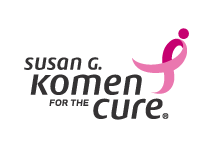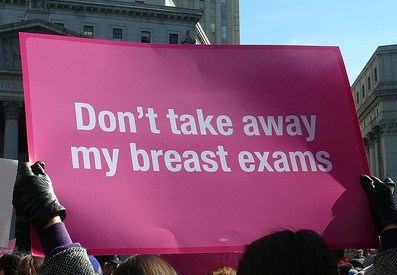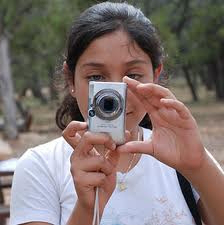Innovation and Culture Change: Will It Happen in Health Care?
 We know that many innovations require a sea change in the culture of organizations or society. This is particularly so when trying to spark innovations that can transform our health care system. On January 26th, the Centers for Medicare and Medicaid Services (CMS)held an Innovations Summit that they hoped would spark new ideas for achieving the “triple aim” of better health of people, better health care, and lower health care costs. But there were signs that the cultural change that is needed to turn around our dysfunctional health care system maybe more engrenched thatn we thought.
We know that many innovations require a sea change in the culture of organizations or society. This is particularly so when trying to spark innovations that can transform our health care system. On January 26th, the Centers for Medicare and Medicaid Services (CMS)held an Innovations Summit that they hoped would spark new ideas for achieving the “triple aim” of better health of people, better health care, and lower health care costs. But there were signs that the cultural change that is needed to turn around our dysfunctional health care system maybe more engrenched thatn we thought.
The first sign of trouble was the “networking breakfast” where nary a piece of fruit–not even fruit juice–or speck of protein was available amidst the plates of muffins and other pastries. So much for walking the talk about health eating. Good thing Michelle wasn’t there…
The second sign of trouble was the opening presentation by Don Casey, chief executive officer of West Wireless Health Institute, who providing an opening commercial for his organization. The commercials were interspersed throughout the day when some speakers spoke about their companies’ innovations. Granted, Acting Administrator of CMS and nurse Marilyn Tavenner (her credentials were not included in the program, although all of the physicians had their MD credentials included and Atul Gawande even listed his MPH) noted that the way forward would be through public and private partnerships.
The third sign of trouble became apparent by lunch.
 We know that many innovations require a sea change in the culture of organizations or society. This is particularly so when trying to spark innovations that can transform our health care system. On January 26th, the Centers for Medicare and Medicaid Services (CMS)held an Innovations Summit that they hoped would spark new ideas for achieving the “triple aim” of better health of people, better health care, and lower health care costs. But there were signs that the cultural change that is needed to turn around our dysfunctional health care system maybe more engrenched thatn we thought.
We know that many innovations require a sea change in the culture of organizations or society. This is particularly so when trying to spark innovations that can transform our health care system. On January 26th, the Centers for Medicare and Medicaid Services (CMS)held an Innovations Summit that they hoped would spark new ideas for achieving the “triple aim” of better health of people, better health care, and lower health care costs. But there were signs that the cultural change that is needed to turn around our dysfunctional health care system maybe more engrenched thatn we thought.
The first sign of trouble was the “networking breakfast” where nary a piece of fruit–not even fruit juice–or speck of protein was available amidst the plates of muffins and other pastries. So much for walking the talk about health eating. Good thing Michelle wasn’t there…
The second sign of trouble was the opening presentation by Don Casey, chief executive officer of West Wireless Health Institute, who providing an opening commercial for his organization. The commercials were interspersed throughout the day when some speakers spoke about their companies’ innovations. Granted, Acting Administrator of CMS and nurse Marilyn Tavenner (her credentials were not included in the program, although all of the physicians had their MD credentials included and Atul Gawande even listed his MPH) noted that the way forward would be through public and private partnerships.
The third sign of trouble became apparent by lunch.




 News of the
News of the  The Facebook posts I saw last week communicated a sense of outrage. Planned Parenthood provides breast cancer screening services for low-income and minority women – those that are often most vulnerable and least able to obtain quality care. It was more than a so-called “pro-choice” vs. “pro-life” argument. The broad support shown by so many people, across multiple social media platforms was a clear statement that women’s health issues matter.
The Facebook posts I saw last week communicated a sense of outrage. Planned Parenthood provides breast cancer screening services for low-income and minority women – those that are often most vulnerable and least able to obtain quality care. It was more than a so-called “pro-choice” vs. “pro-life” argument. The broad support shown by so many people, across multiple social media platforms was a clear statement that women’s health issues matter.
